In the Woodrow design, the chooks both sleep and live in the large-size tractor which is moved around the garden. They live their entire life in the tractor, and Woodrow had it reinforced against domesticated animals and wild.
However I wasn't comfortable with the security of the tractor, and since they'd arrived in their own tractor-coop, I was reluctant to switch things around, at least to start with. So I left them in their coop, which was heavy and not very easily moveable, and which didn't make the ground very accessible at all, and set up detachable wire tunnels to get them from the night-coop to the chook tractor.
But the tunnels running across the yard were a pain to climb over. And with the tunnels, it was difficult to access all areas of the yard, particularly sections that were diagonally opposite to the coop, which required going around the cherry and donut peach trees that were planted in the middle.
A better system was needed!
At the time, I was struggling with intruding couch grass and weeds from the neighbour fence. It just kept coming up in spaces I couldn't reach easily, nearly impossible to weed.
It occurred to me: what if, instead of running the tunnels across the middle of the garden...I ran them around the edge of the garden? What if I used the chicken instinct to peck and scratch at every bit of green to keep the neighbour's weeds at bay? It would solve my problem of how to get the chooks from the coop to the tractor, as well as give them a little more area in which to hunker down and dustbathe and even shelter at the sunniest points of the day.
So I took the map I'd drawn of the yard, marked out the trees, and decided on where the annual beds would go. Those would be the chook tractor stations, with a path around them and sometimes in between them, and a tree on each side. Yes, the tree would take up some root zone, but we'd deal with that.
Yes, the tunnels wouldn't be very accessible, but they wouldn't need to be. I could run the chooks over the roots of the trees I'd planted around the edges of the yard, and if things got too bare in the run, I could toss straw and woodchips and leaf matter down to absorb the manure that ended up in the tunnels...
Access into the chook tractor would be from the tunnels This would also allow me to have the chook tractor over each garden bed, giving the chooks the ability to 'free range' across the garden, without rampaging through my carefully planted and tended garden beds.
There were some logistical issues - some of the trees had been planted quite close to the fenceline, which meant there wasn't much space for the tunnel. But there was enough for a chook single-file, so...we'd just have to get small chooks!
The original chicken coop was a simple, triangular tractor that was designed to be moved around the yard every couple of days. It was heavy to move and the wheels weren't great across rough terrain (or anything that wasn't smooth grass, anyway). Basically, okay for starting out, but not for the long-term.
I got hold of an old guinea pig house and adjusted it for the chickens. It would do for the two to four chooks we planned to get, and the corner of the garden where the chook house was situation never gets sun anyway. Sheltered up against the wall, it would be relatively well-insulated from hard winds, even if it got pretty hot in the height of when the sun hit it early in the day and didn't leave it until mid-morning.
Ultimately, though, the idea was to run the tunnels from the coop to the tractor, wherever it was. And then I realised a small but significant issue. There wasn't really enough space to keep the chooks in the backyard all year round. Not if I wanted to grow things during the summer (at least).
Enter the front chookyard! about 20m2 of free-range space with deep-litter for the chooks to scratch around in and generally enjoy. The tunnels could be extended all the way along the side fence and out to a section of the front yard which wasn't being used at all.
The original plans were to have the chookyard all the way up to the front boundary line, but we decided against it in the end. The first chookyard encompassed 20m2 and was built in less than a day, needing only three posts - two for the corners, one for the gatepost.
Eighteen months later, we've added another chookyard to the first, accessible via another gate, mostly for the purposes of slowly integrating new chickens in with the old flock. I wanted separate spaces to be able to allow the chooks to integrate with each other over time, without things getting too fighty.
Advantages of the tunnels includes maintaining the perimeter of the garden, the chooks being able to move themselves from one area to the next, and effective use of a space that I otherwise wouldn't use.
Disadvantages include the lack of space in the tunnels and the propensity of fights to happen in those small spaces. We've had several sets of chickens already (Original Recipe, the New Shanghai, the Banquet, and the Babies) and found that in the setting up of the pecking order, a lot of the pecking actually takes place in the tunnels where there's no room to move and nowhere to run. Not ideal, but nobody being left defeathered and bloody just yet, so it's not the worst timeline.
I've put together a video about my chicken keeping - specifically about the development of the tunnels. It's not the best video, but it's a small start to what will hopefully be a bigger series.
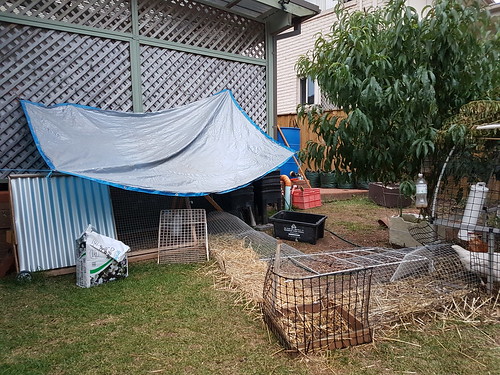

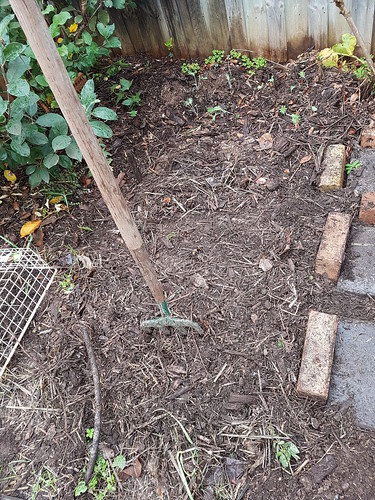
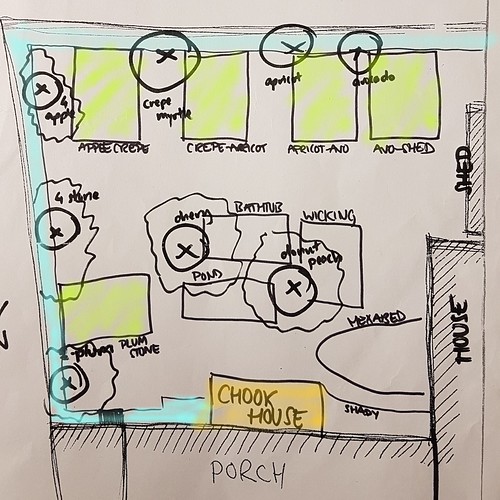
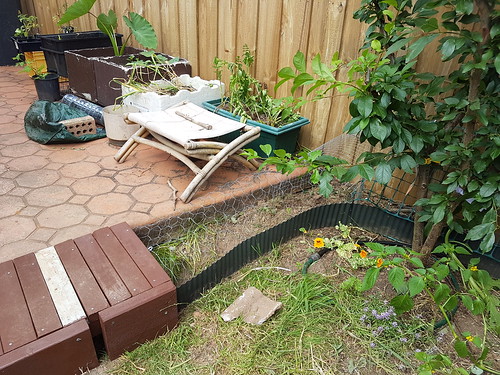
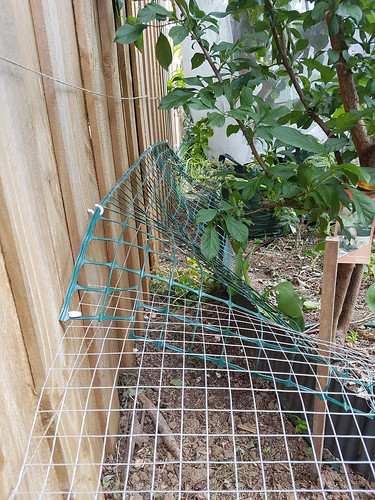
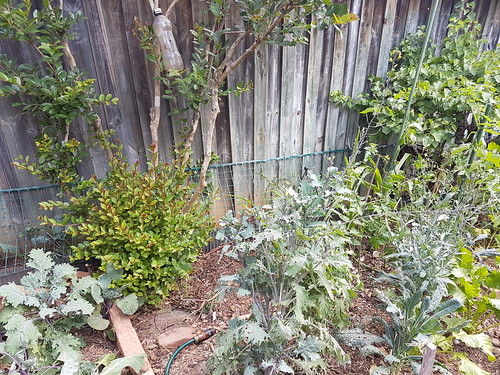
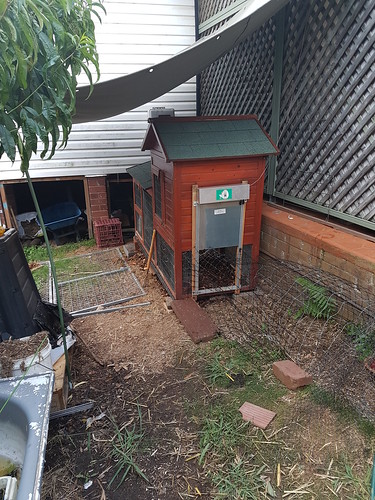
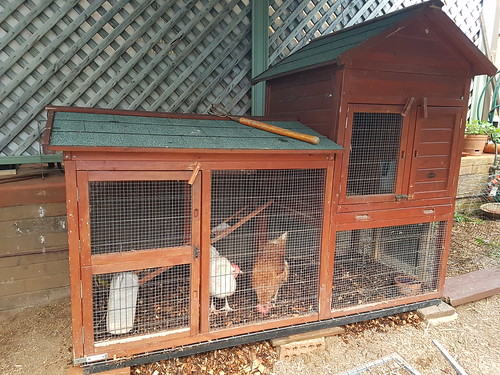
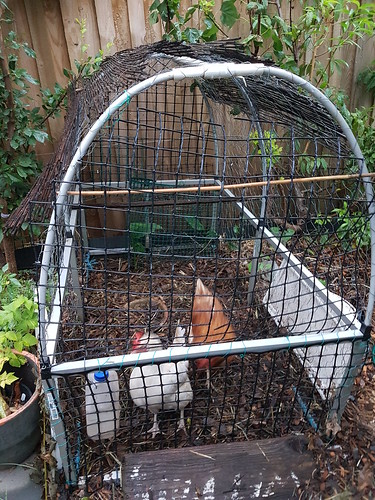
No comments:
Post a Comment